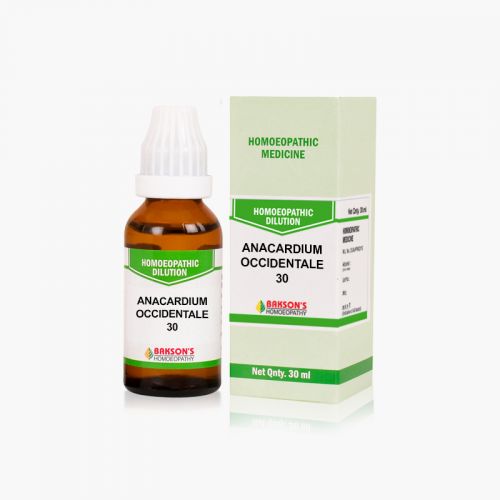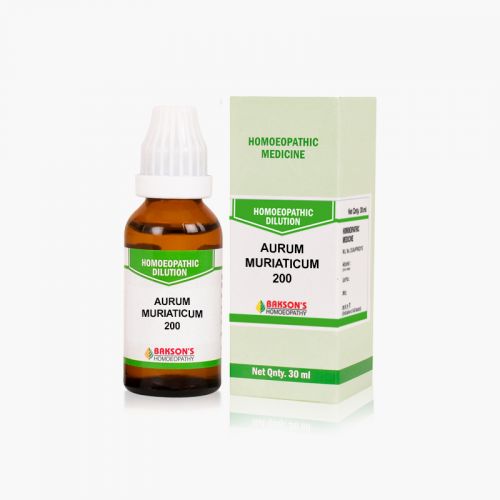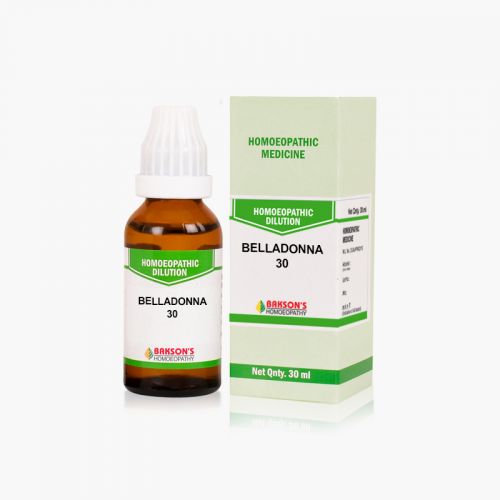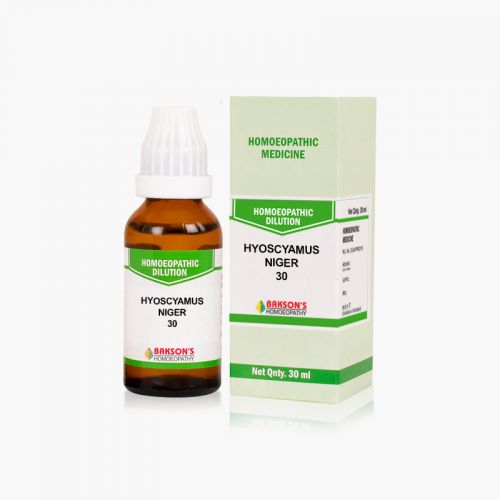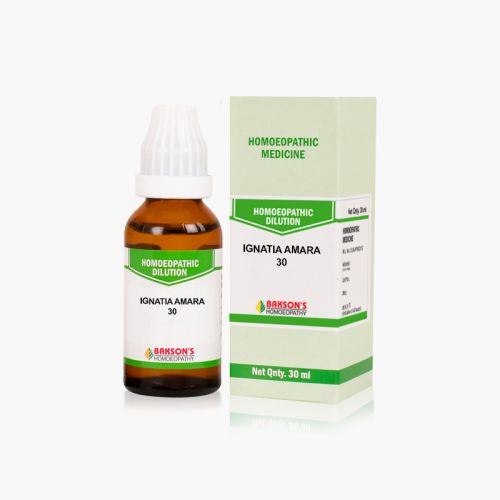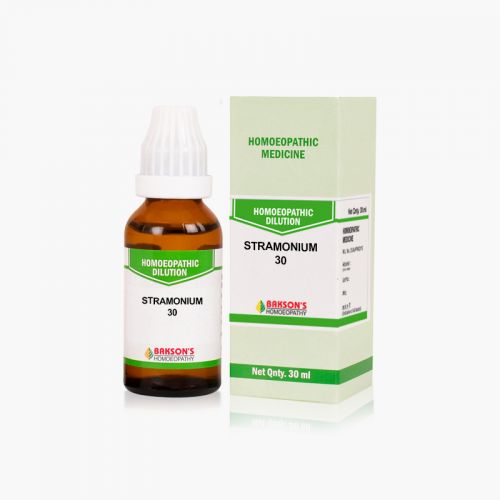We use cookies to make your experience better. To comply with the new e-Privacy directive, we need to ask for your consent to set the cookies. Learn more.
What is Schizophrenia?
Schizophrenia is a functional psychotic disorder characterized by the presence of delusional beliefs, hallucinations, and disturbances in thought, perception, and behaviour.
Studies suggest that schizophrenia is a neurodevelopmental disorder based on abnormalities present in the cerebral structure, an absence of gliosis suggesting in utero changes and the observation that motor and cognitive impairments in patients precede the illness onset.
The prevalence of the disease varies globally. It is estimated that it affects approximately 1% of adults, men being at a higher chance of early diagnosis and onset.
Aetiology
Due to the complexity and heterogeneity, the exact aetiology and the pathogenesis is not well understood and proclaimed. However, many studies suggest that the development of schizophrenia results from abnormalities in multiple neurotransmitters, such as dopaminergic, serotonergic, and alpha-adrenergic hyperactivity or glutaminergic and GABA hypoactivity. Moreover, genetic inheritance plays an important role in the causation with 46% concordance rate in monozygotic twins and a 40% risk of developing schizophrenia if both parents are affected.
An association between cannabis use and psychosis also exists with studies suggesting that there is almost an increase of 40% in the users developing the disorder.
Other risk factor which may be implicated are-
- Abnormal foetal development and low birth weight
- Gestational diabetes
- Preeclampsia
- Emergency caesarean section and other birth complications
- Maternal malnutrition and vitamin D deficiency
Sign and symptoms
The symptoms have been divided into two main categories:
- Positive symptoms which include hallucinations, delusions, and formal thought disorders.
- Negative symptoms such as anhedonia, poverty of speech, and lack of motivation.
Diagnosis
The diagnosis is primarily based on the clinical presentation of the patient. Full psychiatric history must be taken into consideration which should be followed by thorough systematic reviews and mental state examination. As per Diagnostic and Statistical Manual of Mental Disorders 5 (DSM-5) criteria, two or more of the following symptoms must be present for a significant period of time during a one-month period-
- Delusions
- Hallucinations
- Disorganized speech
- Grossly disorganized or catatonic behaviour
- Negative symptoms
Along with this, there must also be social/occupational dysfunction and the signs of disturbance must persist for at least six months, including at least one month of symptoms. It is very important to elicit any past medical history, drug history and family history. Specific laboratory and radiographic investigations are required to exclude other potential causes.
General management
Medications must be taken after consulting the specialist only. Cognitive behavioural therapy and the use of art and drama therapies plays an important role in counteracting the negative symptoms of the disease and helps in preventing the relapse. Also, it is essential for the patient to rehabilitate back into the community during the maintenance phase.
Warning: Above information provided is an overview of the disease, we strongly recommend a doctor's consultation to prevent further advancement of disease and/or development of complications.
Disclaimer: The information provided herein on request, is not to be taken as a replacement for medical advice or diagnosis or treatment of any medical condition. DO NOT SELF MEDICATE. PLEASE CONSULT YOUR PHYSICIAN FOR PROPER DIAGNOSIS AND PRESCRIPTION.
- ANACARDIUM OCCIDENTALE 30₹ 100.00
- AURUM MURIATICUM 200Special Price ₹ 92.00 Regular Price ₹ 115.00
- BELLADONNA 30₹ 100.00
- HYOSCYAMUS NIGER 30₹ 100.00
- IGNATIA AMARA 30₹ 100.00
- STRAMONIUM 30₹ 100.00




